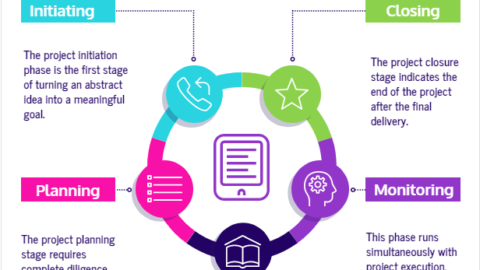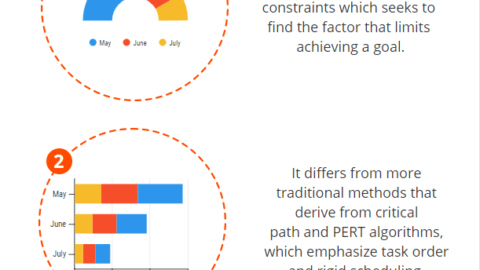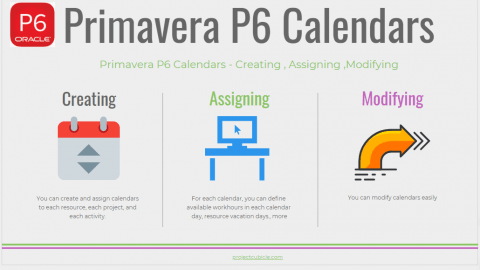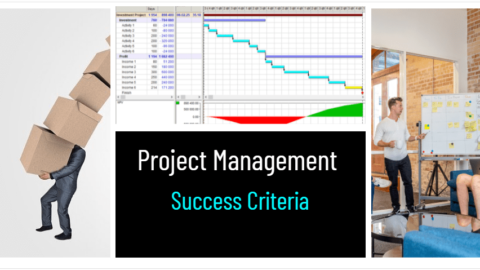Components of Project Management: Everything You Need to Know
Effective project management is essential to any company’s long-term viability. Revenues and costs are impacted, and in the end, improvement in customer satisfaction and loyalty is a direct result of this factor. Your company’s operations do not revolve entirely around project management. It’s just one part of the whole, a targeted endeavor with a well-thought-out strategy for success. It’s a thorough strategy broken down into individual phases via components of project management, each being crucial to the success of the overall plan. You can’t legitimately go on to the next level unless you’ve completed the previous one among key components of project management.
Table of Contents
Project management is like a ladder you have to climb, and there is no shortcut to the top. Optimal effectiveness requires a step-by-step approach. To complete each task and go on to the next, your team will need to use the resources at their disposal and their accumulated skills and knowledge.
There is no universal method, strategy, or plan. There is likely to be a timeframe, an endpoint, and a budget for any project you and your business are undertaking. As a result, it’s crucial to have a capable project manager in charge.

Components of a Project Management
A project manager’s success depends on their ability to coordinate four interrelated tasks that all work together in harmony.
Time
Tasks, timetables, and key paths are the three pillars of effective time management. And also can be among key components of project management plan.
Create a project timeline by making a detailed list of all the steps involved. Some steps may be done simultaneously while others have to be done in a specific order. Give each activity a time limit and provide the necessary funding. Determine predecessors—tasks that must be done before others; and successors—tasks that cannot begin until each other task is finished. The term “waterfall management” is used to describe this method of organizing projects, in which steps are executed in a more or less strict order.
You may ease the work of developing and maintaining the project schedule by investing in project management apps and software. Consequently, by reducing waste and increasing efficiency, you may both save costs and boost profits.
Scope
The project’s scope is the list of goals and the associated time and money estimates for completing the project. Any changes to the project’s scope will need more time, money, or other resources.
The project manager’s job is to ensure that all requirements are met within the constraints of the project scope and budget. A project manager is responsible for ensuring that the scope, budget, and schedule are adjusted accordingly whenever there is a change.
Resources
Understanding and managing resources consist of three key components of project management: employees, technology, and material.
A project manager’s success depends on their ability to competently oversee the work of all stakeholders involved in the undertaking. The project manager must guarantee that the staff has the skills and equipment to do the task, and constantly assess if there is enough personnel to finish on time. Everyone must be aware of their responsibilities and the schedule for the project.
When the project manager is handling direct reports, the senior member of each team reports to them. However, each team member may also report to a line manager who is responsible for providing technical guidance. The project manager’s role is to offer project guidance to the line managers in a matrix management arrangement, such as a project team. As a rule, while supervising subcontracted labor, you’ll be working directly with the team leader.
For the team to function well, a project manager will often need to acquire equipment and resources and oversee their utilization. He must always ensure that all necessary tools and supplies are accessible and in the right place.
Money

Cost, risk, and return are the three pillars of sound financial management.
Whether a computer programmer’s time or a cubic yard of concrete, each activity has a cost. When creating the project’s financial plan along with project management components, we estimate and add up all these expenditures.
Some guesses will be more precise than others. To prepare for the possibility that an item’s real cost would be much higher than the estimate. So, a contingency provision should be included in the project budget.
Profit is the money that the company hopes to earn from the assignment, which is added to the cost. The total cost of a project is the sum of the expected cost, the margin for error, and the profit. To optimize the company’s profit, the project manager must ensure that the project’s actual costs remain at or below those original plan.
Final Thoughts on Understanding Project Management Components Plan
Managing projects effectively requires experience. These concepts may get you started in project management. But remember that they’re only the tip of the iceberg. To enhance your project management abilities, interact with successful project managers, study, and apply. The field of project management has excellent potential for success.

Victor Z Young is a Civil Engineer with 35 years of experience working alongside the executive team of various construction companies. Victor specializes in construction insurance, delay analysis, performance analysis and engineering. He holds a Doctor of Project Management from Northwestern University.










